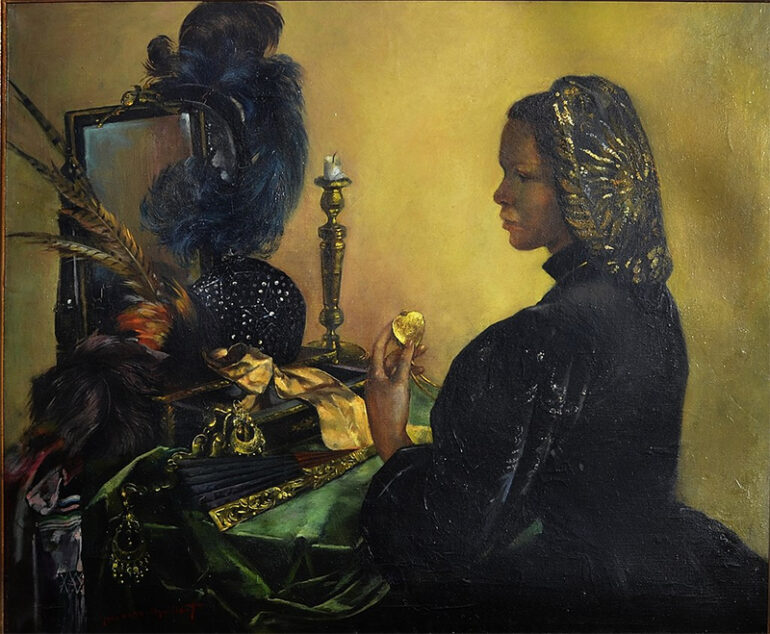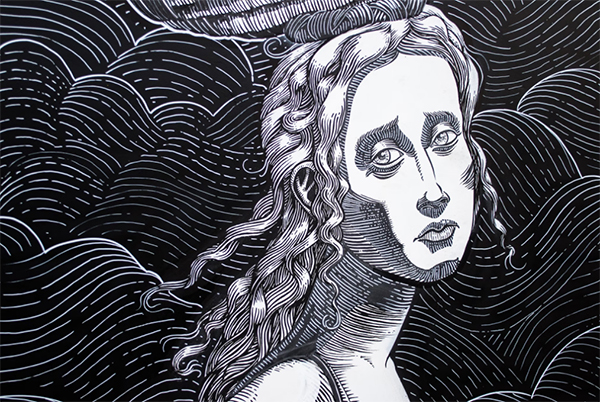Still life, which has its roots in ancient societies and has been respected throughout art history, continues to captivate artists and viewers alike. From burial chambers to Dutch Golden Age splendor, still life has evolved with civilization, representing values, aesthetics, and culture. With perfect precision and symbolic connotations, still life paintings explore mortality, consumerism, and the beauty of the ordinary. Even though the art world is always evolving, life remains a dynamic and thought-provoking genre as current artists explore with portrayal.
A Brief History of Still Life
Throughout the annals of art history, still life has maintained an enduring allure that transcends time and trends. From its humble beginnings in ancient Egypt, where depictions of food and objects adorned burial chambers, to the opulent displays of the Dutch Golden Age, still life has captivated artists and viewers alike. Its evolution has mirrored societal shifts, reflecting the values, aesthetics, and cultural contexts of each era. In the Renaissance, still life emerged as a genre in its own right, celebrated for its meticulous attention to detail and symbolic undertones. Today, still life continues to thrive, offering artists a platform to explore themes of mortality, materialism, and the beauty found in the ordinary.
The Symbolism and Meaning behind Still Life
Still life paintings have long reflected symbolism and significance in addition to their seemingly simple subjects. Artists have used still life to communicate ideas and elicit emotions via careful composition and item selection. A simple arrangement of fruits and flowers may serve to remind viewers of the fleeting nature of life. Skulls and decaying relics serve as memento mori, instilling a sense of mortality. Furthermore, still life may convey societal values such as money, prestige, and culture. The meaning and relevance of still life compel viewers to explore human complexity and interpretation.
The Evolution of Still Life in Art
Over the centuries, still life has undergone a fascinating evolution within the realm of art. From the early depictions of symbolic objects in ancient civilizations to the opulent displays of the Renaissance and the experimental interpretations of modern and contemporary art, still life has continuously adapted and transformed. In the 17th century, Dutch painters elevated the genre to new heights, meticulously capturing the play of light and shadow on everyday objects. As art movements emerged and artistic boundaries were pushed, still life expanded beyond traditional representations, embracing abstraction, surrealism, and conceptual approaches. Today, artists continue to reinvent the genre, incorporating new mediums, perspectives, and conceptual frameworks, ensuring that the allure of still life remains ever-present in the ever-evolving art world.
Contemporary Perspectives on Still Life
Contemporary artists continue to be inspired by still life, adding their own perspectives and questioning traditional portrayal. In still life, they experiment with composition, subject matter, and technique. Some artists utilize hyperrealism to create lifelike artworks by meticulously depicting every detail. Another strategy is to deconstruct and recreate products in order to study identity, consumerism, and the environment. Contemporary still life perspectives provide fresh perspectives and allow viewers to engage with art in intriguing and thought-provoking ways.
The timeless appeal of still life and its capacity to portray the human experience explain its popularity throughout art history. From its modest roots in ancient Egypt to modern artists’ experimental interpretations, still life has moved with society and pushed creative boundaries. Artists continue to develop this genre via symbolism, composition, and new perspectives, inviting viewers to engage with art in novel and thought-provoking ways. Still life is captivating and significant because it examines complex ideas, the beauty of the everyday, and death.
Photo Attribution:
Featured & 1st image by: https://commons.wikimedia.org/wiki/Category:Still_life#/media/File:M%C3%A9moire_du_pass%C3%A9.jpg
2nd image by: https://unsplash.com/photos/woman-illustration-painting-Wa9ilX9XYOI

